
- 1-877-650-2121
- My Orders
- Cart 0 item(s)

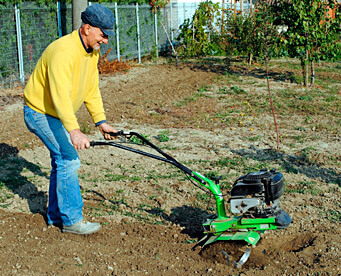
A tiller is a helpful tool for gardening and landscaping. Using a series of blades called tines, it helps to work in fertilizer and loosens and aerates compacted soil making it easier to plant your new flowers, plants, fruits and vegetables.
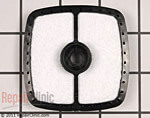
The air filter has the important job of preventing dirt, dust and other debris from entering the carburetor and engine. It should be cleaned or changed every 25 hours of engine use or once per mowing season. Pleated, paper air filters must be replaced. Foam air filters can be cleaned with hot water and a small amount of detergent and then left to air dry before being saturated with new engine oil and reinstalled.
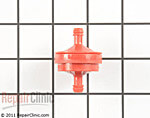
There is high risk of damage to fuel filters if cleaned so replacement is recommended.
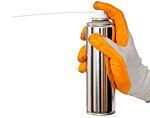
Spray a degreaser on oil stains. Allow the degreaser to sit for 10-15 minutes before wiping with a clean cloth. Rinse with a hose and dry completely.
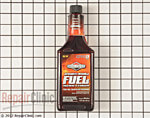
Tillers require clean, fresh fuel for best performance from the engine. During the off season when your tiller is being stored, the fuel should either be drained or a fuel stabilizer should be added to prevent clogs in the carburetor.
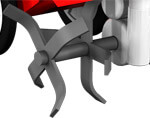
Clean the tines after each use with hose and then spray them with a lubricant to protect them from rusting.
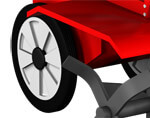
Check the tires for wear and if they are worn or damaged, replace them. Check the air pressure on inflatable tires periodically with a tire gauge to make sure they are at the correct inflation pressure as stamped on the sidewall of the tire. Fill with air when necessary.
Tillers are available in a few styles. The two most common are front-tine and rear-tine tillers. Front-tine tillers are perfect for care of small to medium-sized residential gardens. Lightweight in design, they are easier to maneuver than larger models. Rear-tine tillers are best for breaking ground for a new garden or landscaping.